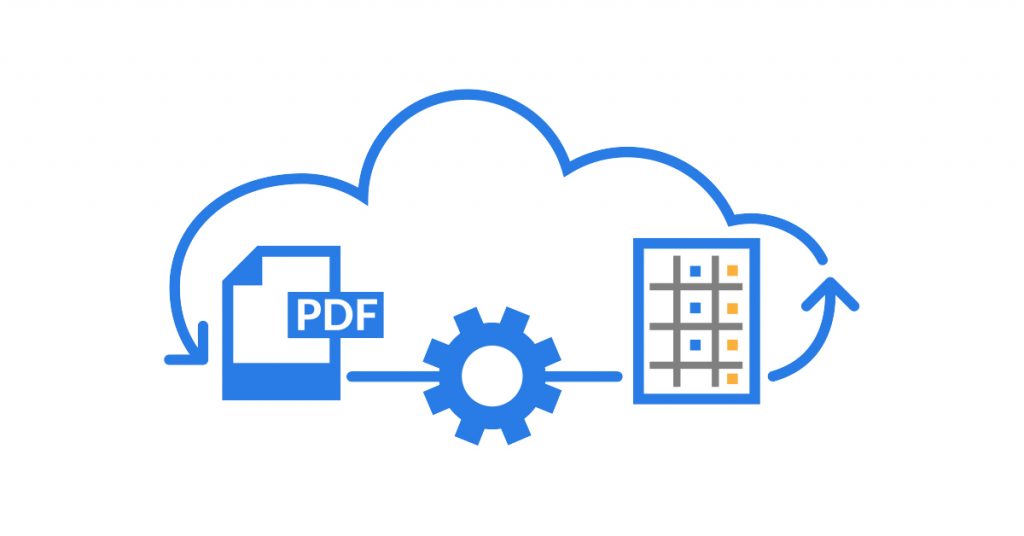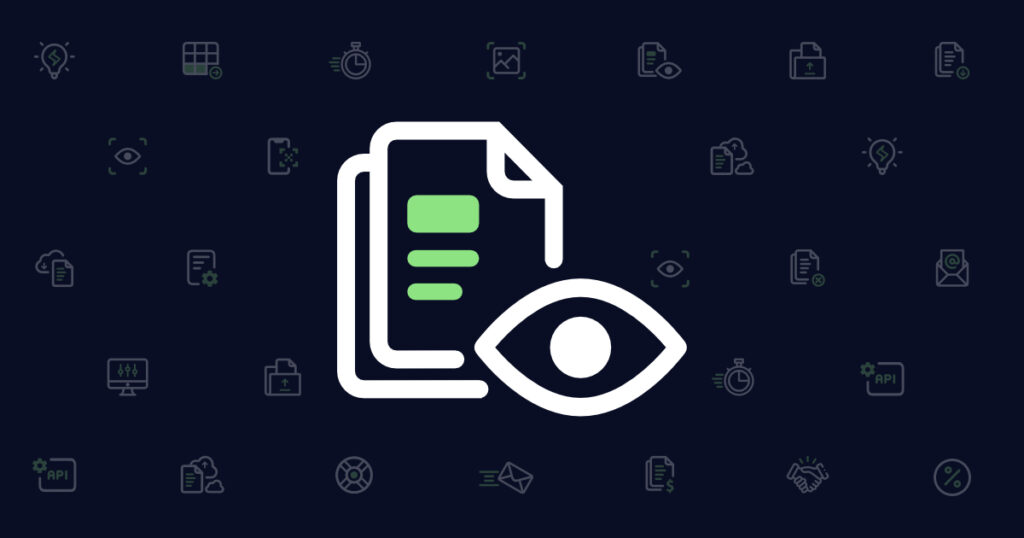Companies in the transportation and logistics industries are always processing bills of lading as they are crucial documents.
But the processing of examining documents and copying information incurs a significant cost due to its time-consuming and error-prone nature. The wrong number, or comma, can easily cause you to lose thousands of dollars in claims, thus hurting your bottom line and damaging your reputation with your business partners.
So if you are seeking a solution to this problem, look no further – this post will show you how to extract data from a bill of lading using Docparser’s latest feature.
Docparser is a document parsing tool that extracts data from documents and sends it where it needs to go. Our new Bill of Lading parsing feature allows you to extract all the information trapped in your bills of lading, from the document number to date, time, address, weight, packaging, value, special instructions, and any other data you can think of.
Accurate Data is Crucial to Running Your Business Smoothly and Efficiently
The bill of lading is one of the most important documents used in the shipping and logistics industries. It serves both as a receipt and evidence of a contract. Bills of lading are legally binding and contain crucial information such as:
- Bill of lading number
- Names and addresses of both the shipper and consignee
- Pickup date
- Tracking number or purchase order number
- Shipping units, weight, packaging
- A description of the items being shipping
- Declared value
- C.O.D. (Cash On Delivery) amount
- Special instructions
- Freight class
- A note for commodities that are designated as Department of Transportation hazardous materials
- Etc.
Shipping companies typically enter all the data within BOLs in their systems. But data entry is a tedious and repetitive task, so employees will surely make mistakes at some point. They might type an incorrect weight, value, address, or freight class. Incorrect data can incur significant costs like increased shipping fees, demurrage and detention fees, claims, and losing the right to limit liability.

Furthermore, the issues caused by human errors can result in strained relationships with partners and customers, which will further hamper the growth of your business. Therefore, it’s essential that all the BOL data is accurate.
How to Extract Data from a Bill of Lading Using Docparser
Docparser scans digital or scanned BOLs then extracts data according to instructions called parsing rules. Users typically use a combination of pre-built parsing rules and custom rules to maximize the accuracy of data extraction.
Our newest feature, the Bill of Lading parser, is designed to automatically identify the data fields usually found in BOLs and extract data with high accuracy.
Here is how to extract data from a bill of lading using Docparser:
- Create a free Docparser account.
- Import your bills of lading in PDF or Word format.
- Choose “Bill of Lading” from the library of parsers.
- Test the pre-built parsing rules with a few documents.
- Edit any existing rule filters to extract the exact data you want.
- If needed, add your own rules to capture data not identified with the pre-built rules.
- Download your parsed data or export it to your preferred cloud application.
Send Your B/L Data to Your Transportation Management System
On top of being able to download parsed data to a CSV, XLS, JSON, or XML file, you can integrate Docparser with your TMS so that the data is automatically sent there. You only need to contact us and we will set up your custom integration via a webhook. In case you use another platform like Google Sheets or Microsoft’s Power Automate, Docparser works just as well.

Eliminate Tedious Data Entry and Grow Your Business
On average, 68% of employees have too much to do to finish their daily workload. So imagine how much time your staff could free up if they didn’t have to constantly process documents and enter data. The good news is that automation has reached a level where it can take care of simple but tedious tasks at a much lower cost than the manual approach.
Once manual B/L data entry is gone from your workflows, your business will improve in many ways:
- Increase staff productivity up to 40%
- Shave off the cost of manual data entry
- Process more BOLs without hiring more data entry staff
- Decrease the amounts of shipping delays
- Ensure better compliance with shipping laws and regulations
- Ensure easier access to B/L data across your company
- Redeploy the time you saved with automation to other tasks




